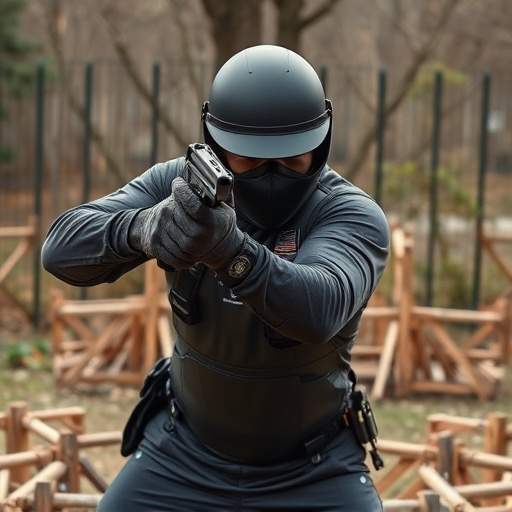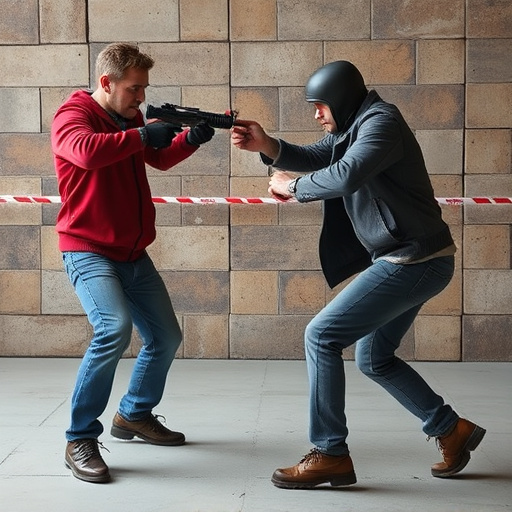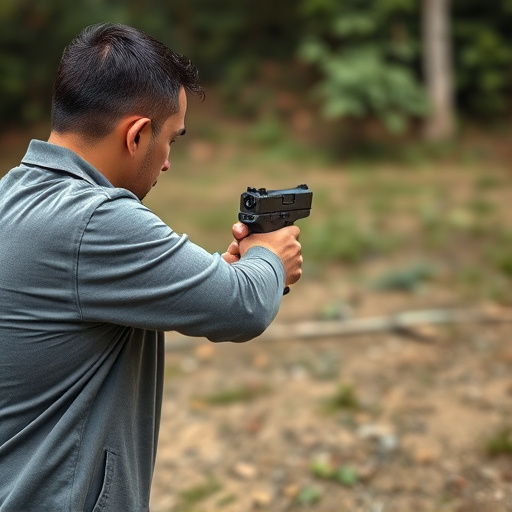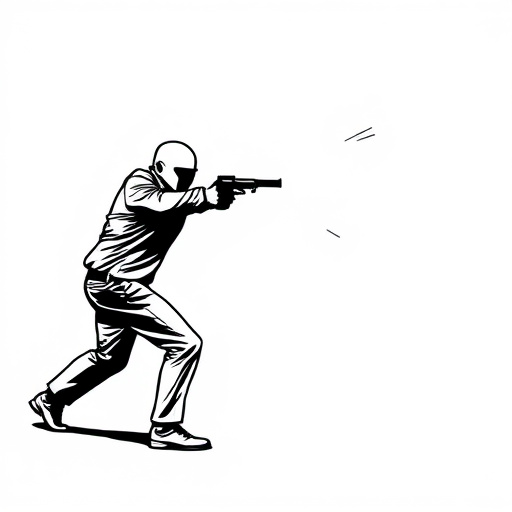When choosing a stun gun for personal safety, understanding stopping power ratings based on amperage and voltage is crucial. The ideal device balances high amperage (above 1000 amps) with compact design, user-friendliness, and reliability to neutralize attackers effectively. Testing methods, such as controlled laboratory tests, help assess its performance. Focusing on models between 10,000 to 15,000 volts ensures efficient incapacitation while maintaining control. Prioritizing a best value stun gun involves balancing power and cost from reputable manufacturers for both effectiveness and affordability.
“Uncover the truth behind stun gun stopping power ratings—a crucial aspect of personal safety. This comprehensive guide navigates the complex world of stun guns, empowering individuals to make informed choices for self-defense. From understanding key performance metrics to exploring the science behind amperage and voltage, we demystify what truly makes a stun gun effective. By comparing popular models based on ratings and highlighting the best value options, this article ensures you’re equipped with knowledge to protect yourself.”
- Understanding Stun Gun Stopping Power Ratings
- Key Factors Affecting Stun Gun Effectiveness
- The Role of Amperage and Voltage
- Testing Methods for Stopping Power
- Comparing Popular Stun Guns Based on Rating
- Choosing the Best Value Stun Gun for Self-Defense
Understanding Stun Gun Stopping Power Ratings

When considering a stun gun for self-defense, understanding stopping power ratings is crucial. These ratings measure the effectiveness of a stun gun in incapacitating an attacker, providing users with a clear idea of their device’s potential. The best value stun gun for self-defense often balances high amperage (which delivers a more powerful shock) with compact size and ease of use, ensuring it’s not only effective but also easily accessible when needed.
Amperage is the key metric in stopping power ratings, as it determines the intensity of the electrical current delivered by the stun gun. Higher amperages generally result in faster muscle contraction and increased likelihood of temporary incapacitation. However, it’s important to note that a higher amperage isn’t always better; it must be paired with reliable design and quality construction for optimal performance.
Key Factors Affecting Stun Gun Effectiveness

The effectiveness of a stun gun is influenced by several key factors. One of the primary considerations is the device’s stopping power, which refers to its ability to incapacitate an assailant quickly and safely. This is measured in joules, with higher numbers indicating more powerful shocks. A best value stun gun for self-defense should strike a balance between power and portability—a device that packs enough punch to deter attacks while remaining light and easy to carry.
Another critical aspect is the stun gun’s design and build quality. Well-constructed models feature durable materials and robust components, ensuring reliability in various environments and conditions. Additionally, the type of shock delivery system, be it electrochemical or electronic, plays a role in consistency and effectiveness. When choosing a stun gun for self-defense, consider these factors to ensure you get a reliable tool that offers the best value for your safety and peace of mind.
The Role of Amperage and Voltage

When evaluating a stun gun’s stopping power, understanding the relationship between amperage and voltage is key. Amperage refers to the amount of electrical current flowing through the device, while voltage represents the pressure or force behind that current. Together, they determine the stun gun’s effectiveness in disabling an attacker.
A best value stun gun for self-defense should deliver a substantial amperage level—typically above 1,000 amps—to ensure maximum shock and muscle disruption. Voltage, usually measured in millions of volts (MV), plays a crucial role as well. A higher voltage means a more intense jolt, capable of causing temporary incapacitation or even cardiac arrest in severe cases. Thus, combining high amperage with adequate voltage results in a stun gun that offers reliable protection, making it an essential tool for personal safety.
Testing Methods for Stopping Power

Testing methods play a crucial role in determining the stopping power of a stun gun, especially for those considering it as a self-defense tool. The most reliable evaluations involve controlled laboratory settings where various factors are accounted for to simulate real-world scenarios. These tests often employ mannequins or volunteer subjects to assess the weapon’s effectiveness in rendering an attacker incapacitated. One common approach is to measure the time it takes for the target to become immobilized and the level of force required to achieve this, providing valuable data on the stun gun’s performance.
Additionally, independent testing organizations conduct rigorous assessments, ensuring a fair comparison between different models. These evaluations consider not only the physical impact but also the psychological element, as a powerful stun gun should not only stop an attacker but also deter future aggression due to its intimidating nature. When seeking the best value stun gun for self-defense, understanding these testing methods ensures consumers make informed decisions based on proven stopping power ratings.
Comparing Popular Stun Guns Based on Rating

When comparing popular stun guns, one of the key metrics to consider is their stopping power ratings. These ratings provide valuable insights into the effectiveness of a device in neutralizing an assailant. Look for stun guns with high rating numbers, as they indicate stronger electrical currents that can incapacitate attackers more efficiently.
Among the best value stun guns for self-defense, models with ratings of 10,000 to 15,000 volts are often recommended for optimal stopping power. Devices in this range offer a balance between intensity and control, making them suitable for various self-defense scenarios. Additionally, ensure that the stun gun has a comfortable grip and is easily accessible, as these factors contribute to effective use in high-stress situations.
Choosing the Best Value Stun Gun for Self-Defense

When considering a stun gun for self-defense, choosing the best value is crucial. It’s about finding a balance between power and affordability. While higher stopping power ratings are attractive, they often come with a premium price tag. Opting for a mid-range model with solid ratings can offer effective protection without breaking the bank.
Look for stun guns with reputable stoppower ratings from trusted manufacturers. These devices should deliver a powerful electric shock capable of immobilizing an attacker temporarily, giving you precious time to escape. Additionally, consider the device’s ease of use, durability, and any safety features designed to prevent accidental activation. The best value stun gun for self-defense is one that combines these elements effectively.
When it comes to self-defense, choosing the right stun gun is pivotal. Understanding stopping power ratings and the factors that influence them ensures you’re prepared for any situation. By considering amperage, voltage, testing methods, and comparing popular models, you can select the best value stun gun tailored to your needs. Remember, a well-informed decision could be a life-saving one. Invest in a stun gun that offers reliable performance, ensuring peace of mind and enhanced personal safety.
